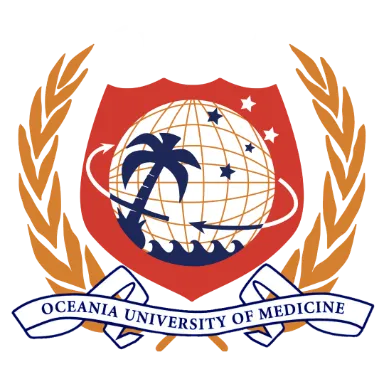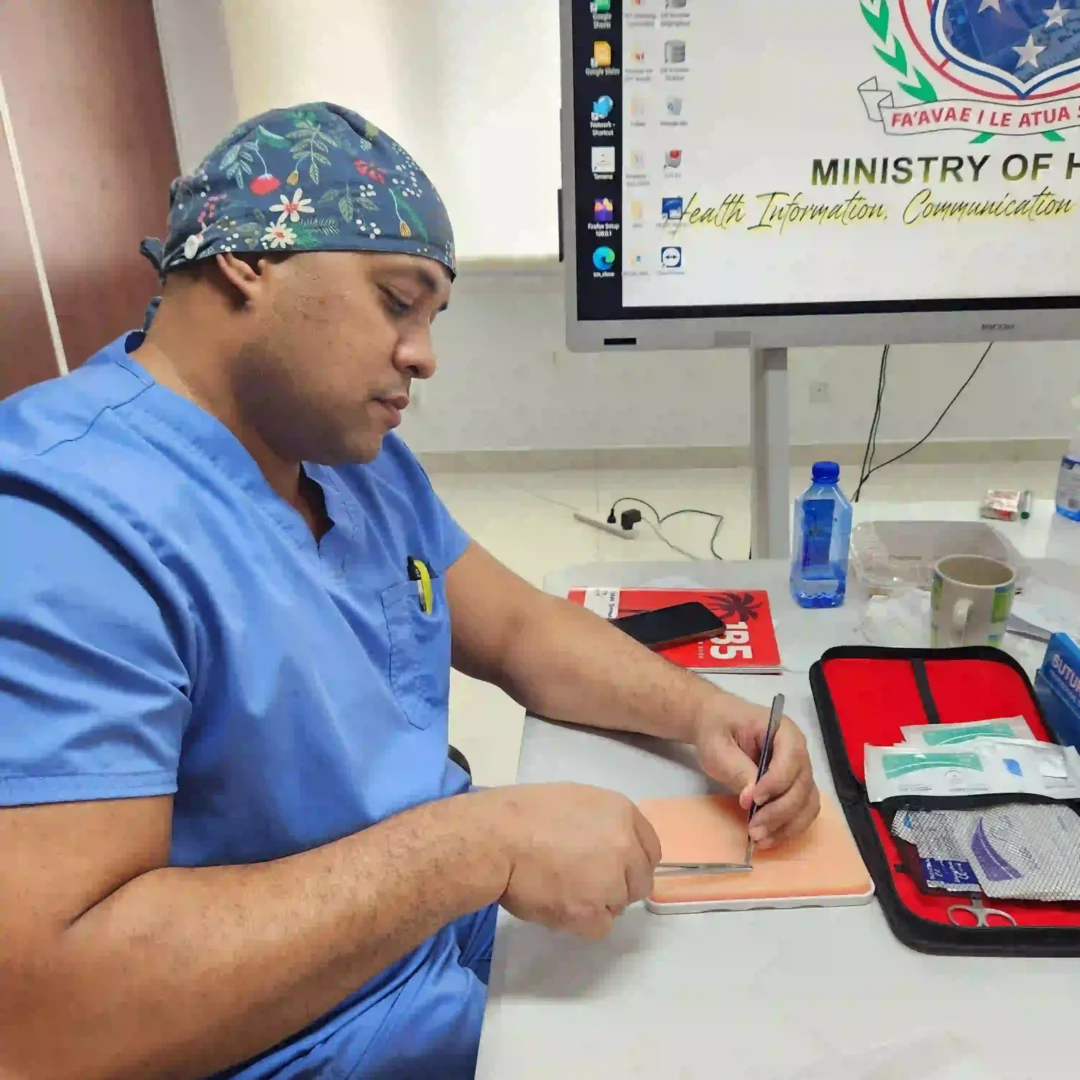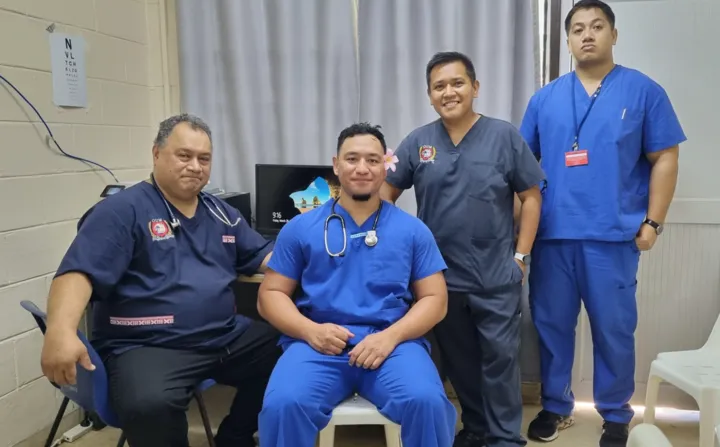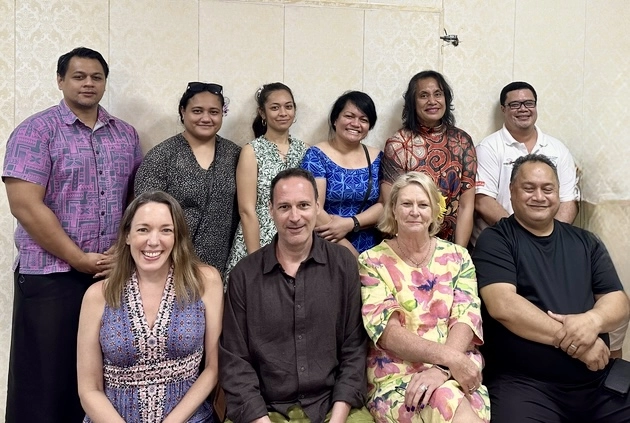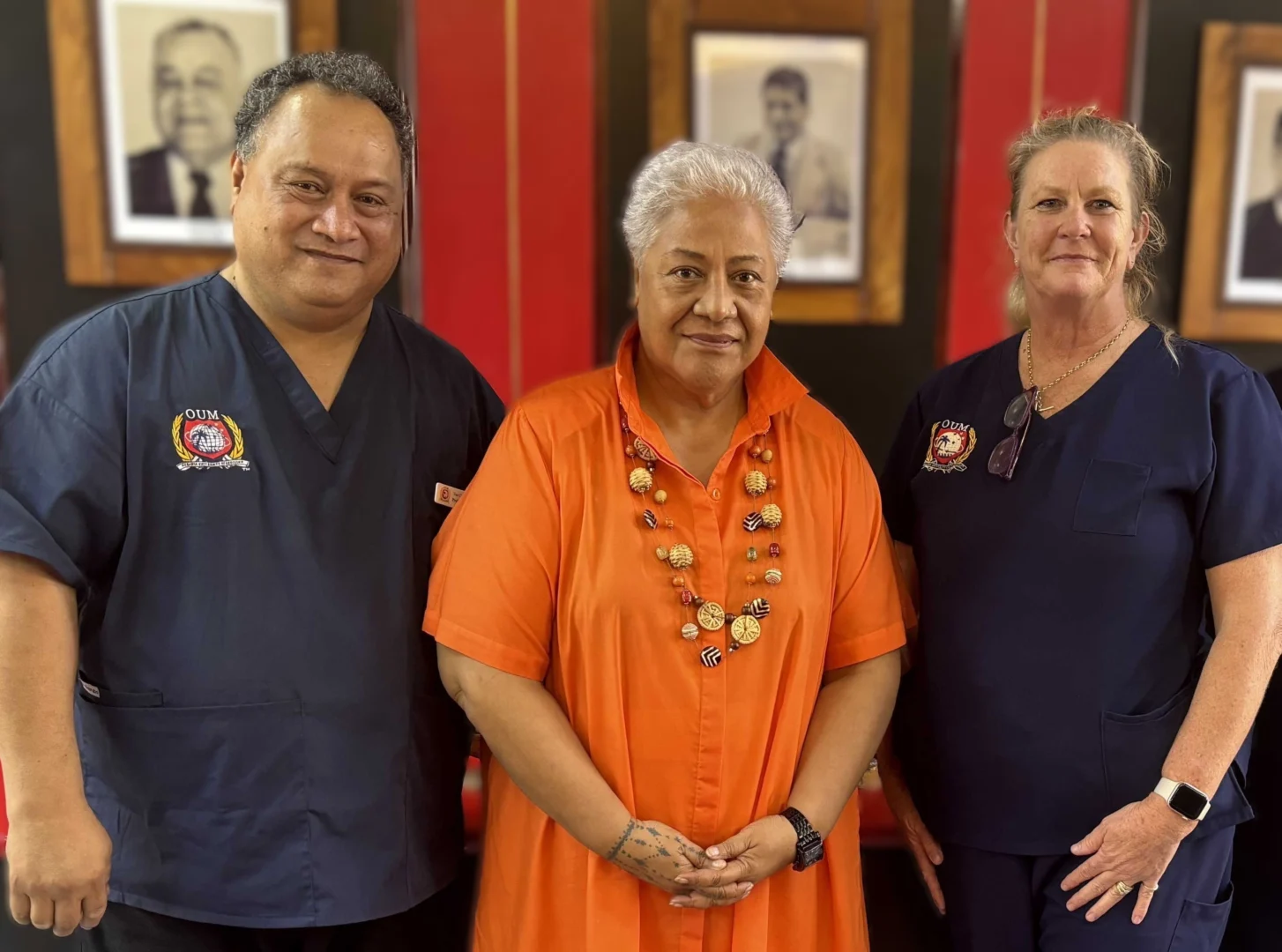Admissions at OUM
OUM was founded in the South Pacific island nation of Samoa to address its serious physician shortage, a situation which is today faced globally. All students have the opportunity to train in OUM’s home country, completing a required four-week medical rotation at Tupua Tamasese Me’aole (TTM) Hospital in Apia.
I am a buttonOrigins of OUM
Accent headingSamoa’s Parliament established Oceania University of Medicine in 2002. Today, the University has evolved from a local mission to better meet the health needs of underserved island communities into an internationally accredited medical school providing global physician training and the opportunity to study medicine abroad in Samoa. with a global student body and alumni practicing in many countries.
Located south of the equator and just west of the International Dateline, the country of Samoa is home to warm, friendly people happy to share their rich Polynesian culture and medicine. Two-thirds of the country’s population lives on the largest island, Upolu, where the capital city of Apia, the business commercial center, and the main national port are located. All OUM students are required to complete at least one four-week elective clinical rotation in Samoa, most of which take place at TTM Hospital in the village of Motootua, an Apia suburb where student housing is within walking distance.
Samoa’s Parliament established Oceania University of Medicine in 2002. OUM has evolved from a local mission to better meet the health needs of underserved island communities into an internationally accredited medical school providing physician training to a global student body with alumni practicing in many countries.
TTM Hospital
Located south of the equator and just west of the International Dateline, the country of Samoa is home to warm, friendly people happy to share their rich Polynesian culture and medicine. Two-thirds of the country’s population lives on the largest island, Upolu, where the capital city of Apia, the business commercial center, and the main national port are located.
All OUM students are required to complete at least one four-week clinical rotation in Samoa, most of which take place at Tupua Tamasese Me’aole Hospital in the village of Motootua, an Apia suburb where student housing is within walking distance. This experience reflects OUM’s founding mission, to address the health needs of underserved island communities, while also connecting today’s globally diverse student body to the University’s roots in Samoa.

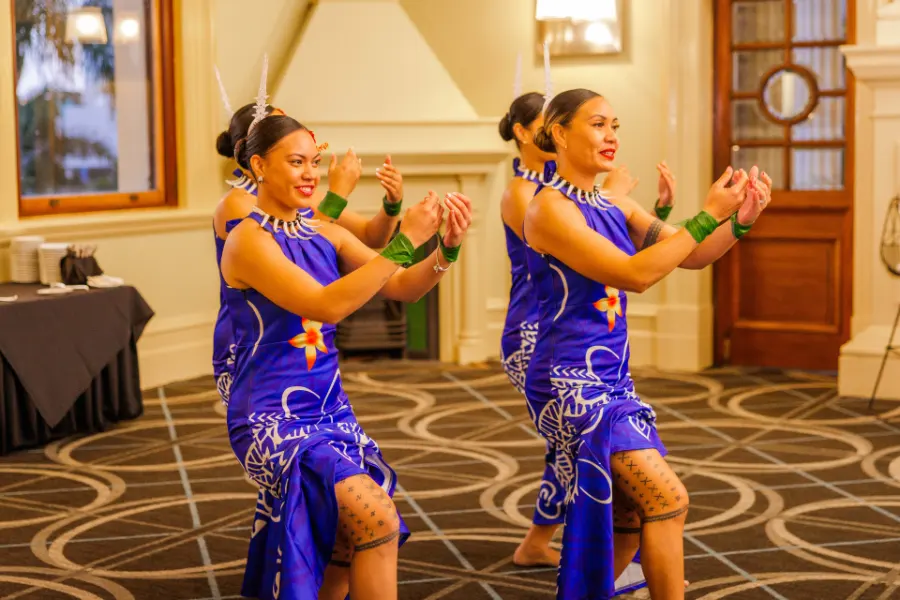
Travel to Samoa
Flights into Samoa arrive from Sydney, Brisbane, Honolulu, Auckland, Fiji, Tonga, and American Samoa. Samoan immigration legislation requires that all international students hold a valid passport. Once in the country, students must also lodge an application for a student permit with Immigration Services in order to secure their Samoa medical school experience.
The following websites provide helpful information regarding Samoa for both students and prospective students:
Climate & Attire
Samoa’s climate is tropical, with an average temperature in Apia of 81.5F (28.5C). Relative humidity is high; the average yearly rainfall is 114 inches (290 cm) and occurs during the wet season from November to April.
Dress in Samoa is light and casual. Students coming for their required clinical rotations are advised to bring their OUM scrubs, as this is the recommended dress code for those completing their rotations in Samoa.
The following websites provide helpful information regarding Samoa for both students and prospective students:
Travel to Samoa
Flights into Samoa arrive from Sydney, Brisbane, Honolulu, Auckland, Fiji, Tonga, and American Samoa. Samoan immigration legislation requires that all international students hold a valid passport. Once in the country, students must also lodge an application for a student permit with Immigration Services in order to secure their Samoa medical school experience.
The following websites provide helpful information regarding Samoa for both students and prospective students:
Climate & Attire
Samoa’s climate is tropical, with an average temperature in Apia of 81.5F (28.5C). Relative humidity is high; the average yearly rainfall is 114 inches (290 cm) and occurs during the wet season from November to April.
Dress in Samoa is light and casual. Local custom dictates that women completing their medical education in Samoa should wear clothing that extends to or below the knees. Short shorts, short skirts, tank tops, or other very casual dress are neither appropriate nor acceptable, except at the beach. Students coming for their required elective rotations are advised to bring their OUM scrubs, as this is the recommended dress code for those completing their international medical degrees in Samoa.
The following websites provide helpful information regarding Samoa for both students and prospective students:
- https://www.samoagovt.ws/
- https://www.samoa.travel/
